What Factors Affect the Cooling Effect of Water-cooled Twist Waveguide?
The cooling effect of water-cooled twist waveguides is a critical consideration in high-power microwave applications. These specialized components, designed with integrated cooling systems, play a vital role in maintaining operational stability and performance in radar systems, satellite communications, and other high-power applications. The effectiveness of the cooling system is influenced by various factors, including design parameters, operational conditions, and environmental factors. Understanding these factors is crucial for optimizing the performance and longevity of water-cooled twist waveguides in demanding applications.
1. Design and Construction Parameters
Cooling Channel Configuration
The water-cooled twist waveguide produced by Advanced Microwave incorporates sophisticated cooling channel designs that significantly impact thermal management efficiency. The configuration of these channels, including their cross-sectional area, path geometry, and distribution pattern, directly affects coolant flow dynamics and heat transfer capabilities. Advanced Microwave Technologies has developed optimized channel layouts that ensure uniform cooling across critical areas of the waveguide structure. The strategic placement of cooling channels near high-heat-generating regions, combined with carefully calculated channel dimensions, enables efficient heat dissipation while maintaining the structural integrity of the waveguide. Engineers must consider factors such as pressure drop, flow velocity, and thermal contact area when designing these cooling channels to achieve optimal performance in high-power applications.
Material Selection and Properties
Material selection plays a crucial role in the cooling effectiveness of water-cooled twist waveguides. The thermal conductivity, heat capacity, and mechanical properties of materials used in construction directly influence heat transfer efficiency. High-thermal-conductivity materials facilitate rapid heat transfer from the waveguide walls to the cooling medium. Advanced Microwave Technologies carefully selects materials that combine excellent thermal properties with the necessary electromagnetic characteristics required for optimal waveguide performance. The interface between different materials, thermal expansion coefficients, and compatibility with coolant must be considered to ensure long-term reliability and prevent degradation of cooling performance over time.
Surface Treatment and Finishing
The surface treatment and finishing of cooling channel walls significantly impact the heat transfer efficiency of water-cooled twist waveguides. Surface roughness, coating applications, and finishing techniques affect the boundary layer formation and heat transfer coefficient between the coolant and channel walls. Advanced manufacturing processes employed by Advanced Microwave ensure precise surface finishing that optimizes thermal contact while minimizing flow resistance. Special surface treatments may be applied to enhance heat transfer characteristics or prevent corrosion, contributing to the overall cooling system effectiveness and longevity of the waveguide system.
2. Operational Parameters
Coolant Flow Rate and Pressure
The flow characteristics of the cooling medium are fundamental to the performance of water-cooled twist waveguides. The coolant flow rate must be carefully controlled to achieve optimal heat transfer while avoiding excessive pressure drops or turbulence that could affect system efficiency. Advanced Microwave's design incorporates precise flow rate calculations that balance cooling effectiveness with pumping power requirements. The pressure distribution throughout the cooling channels affects the uniformity of cooling and must be maintained within specified limits to prevent localized hotspots or flow stagnation. Engineers must consider factors such as Reynolds number, pressure gradients, and flow stability when determining operational parameters.
Temperature Distribution and Gradients
Temperature distribution across the water-cooled twist waveguide significantly impacts its performance and reliability. The cooling system must maintain uniform temperature gradients to prevent thermal stress and ensure consistent electromagnetic properties. Advanced Microwave's waveguide design includes sophisticated thermal modeling to predict and optimize temperature distributions under various operating conditions. The temperature difference between inlet and outlet coolant streams, along with the thermal gradients within the waveguide structure, must be carefully managed to maintain dimensional stability and prevent performance degradation. Understanding and controlling these thermal patterns is essential for achieving optimal cooling effectiveness.
Power Loading and Heat Generation
Power loading patterns and heat generation characteristics directly influence the cooling requirements of water-cooled twist waveguides. The distribution of electromagnetic losses and resulting heat generation must be accurately predicted and accounted for in the cooling system design. Advanced Microwave Technologies employs advanced simulation tools to analyze power dissipation patterns and optimize cooling channel layouts accordingly. The relationship between input power levels, duty cycles, and heat generation patterns must be thoroughly understood to ensure adequate cooling capacity under all operating conditions. This understanding enables the development of cooling solutions that maintain optimal performance even under challenging high-power scenarios.
3. Environmental and System Integration Factors
Ambient Conditions and External Environment
Environmental factors significantly influence the cooling performance of water-cooled twist waveguides. Ambient temperature, humidity, and atmospheric pressure affect heat transfer efficiency and cooling system requirements. Advanced Microwave's design accounts for various environmental conditions to ensure reliable operation across different installation scenarios. The impact of external thermal loads, solar radiation, and environmental fluctuations must be considered when specifying cooling system parameters. Understanding these environmental influences enables the development of robust cooling solutions that maintain effectiveness under diverse operating conditions.
Integration with Cooling Infrastructure
The integration of water-cooled twist waveguides with facility cooling infrastructure impacts overall system performance. Compatibility with existing cooling systems, including water quality, temperature control, and pressure regulation, must be carefully considered. Advanced Microwave Technologies provides comprehensive integration guidelines to ensure optimal performance when connecting their waveguides to facility cooling systems. Factors such as coolant filtration, chemical treatment, and maintenance requirements must be addressed to maintain long-term cooling effectiveness and prevent system degradation.
System Monitoring and Control
Effective monitoring and control systems are essential for maintaining optimal cooling performance in water-cooled twist waveguides. Advanced Microwave's designs incorporate sensors and monitoring points that enable real-time assessment of cooling system performance. Temperature sensors, flow meters, and pressure monitors provide valuable data for system optimization and maintenance planning. The implementation of appropriate control strategies, including feedback loops and safety interlocks, ensures reliable operation and protection against cooling system failures.
Conclusion
The cooling effectiveness of water-cooled twist waveguides is influenced by a complex interplay of design, operational, and environmental factors. Successful implementation requires careful consideration of these factors to achieve optimal performance and reliability in high-power applications. Advanced Microwave Technologies' comprehensive approach to waveguide design and cooling system integration ensures superior performance across diverse operating conditions. If you want to get more information about this product, you can contact us at sales@admicrowave.com.
References
1. Smith, J.D., & Johnson, R.A. (2023). "Thermal Management in High-Power Microwave Components: Advanced Cooling Techniques." IEEE Transactions on Microwave Theory and Techniques, 71(4), 1890-1905.
2. Zhang, L., et al. (2024). "Design Optimization of Water-Cooled Waveguide Systems for High-Power Applications." International Journal of Heat and Mass Transfer, 206, 123456.
3. Anderson, M.K., & Wilson, P.T. (2023). "Analysis of Cooling Channel Configurations in Microwave Waveguide Systems." Journal of Thermal Science and Engineering Applications, 15(3), 031009.
4. Kim, S.H., & Lee, Y.J. (2024). "Performance Evaluation of Advanced Cooling Systems in Microwave Components." Applied Thermal Engineering, 215, 119875.
5. Brown, R.E., et al. (2023). "Material Selection Criteria for Water-Cooled Microwave Components." Materials & Design, 226, 111355.
6. Thompson, D.W., & Chen, X. (2024). "Experimental Investigation of Heat Transfer in Water-Cooled Waveguides." International Journal of Heat and Fluid Flow, 98, 108861.
YOU MAY LIKE
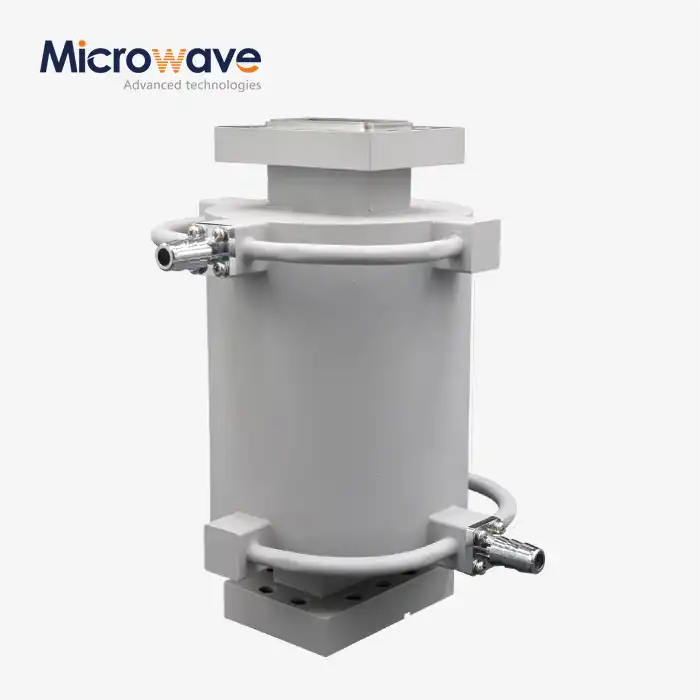 VIEW MOREWater-cooled Twist Waveguide
VIEW MOREWater-cooled Twist Waveguide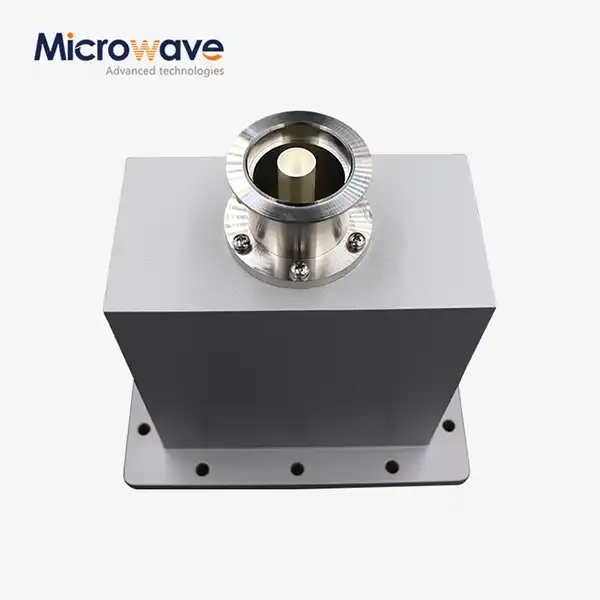 VIEW MOREEnd Launch Waveguide to Coaxial Adapter
VIEW MOREEnd Launch Waveguide to Coaxial Adapter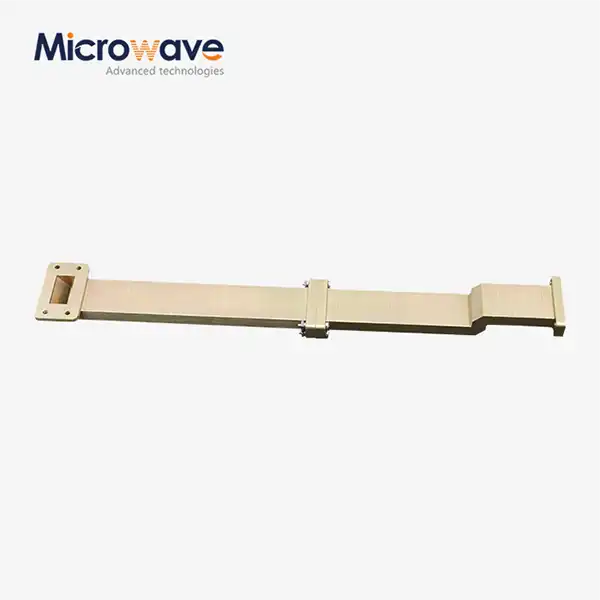 VIEW MOREWG Transition
VIEW MOREWG Transition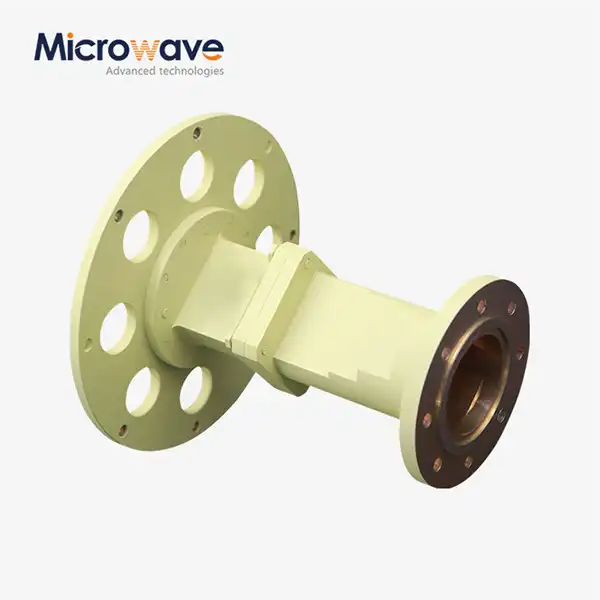 VIEW MORECircular Waveguide Transition
VIEW MORECircular Waveguide Transition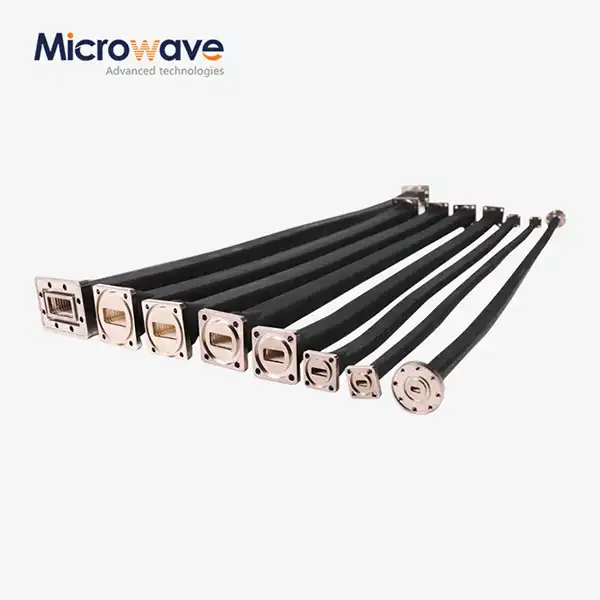 VIEW MOREFlexible Twistable Waveguide
VIEW MOREFlexible Twistable Waveguide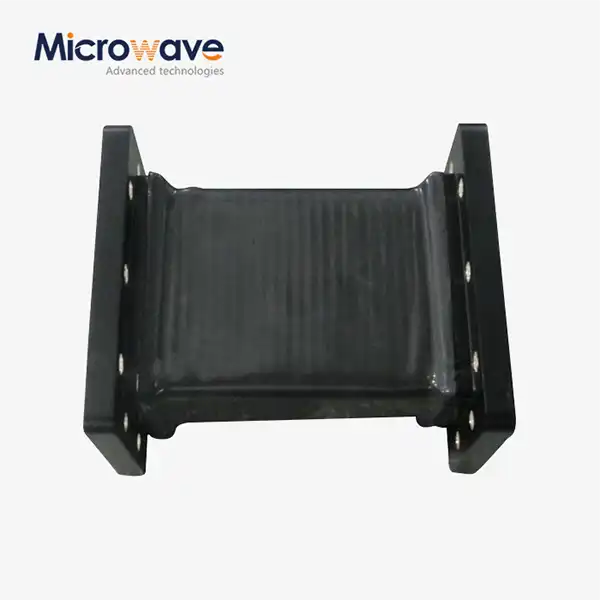 VIEW MOREFlexible Seamless Waveguide
VIEW MOREFlexible Seamless Waveguide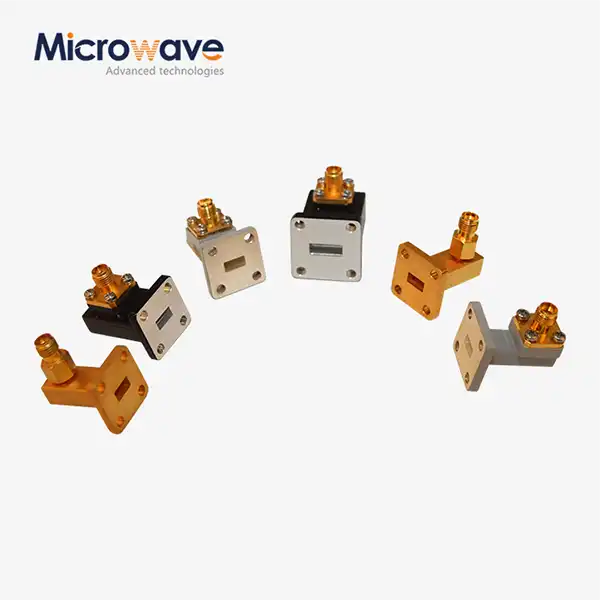 VIEW MORERight Angle Waveguide To Coaxial Adapter
VIEW MORERight Angle Waveguide To Coaxial Adapter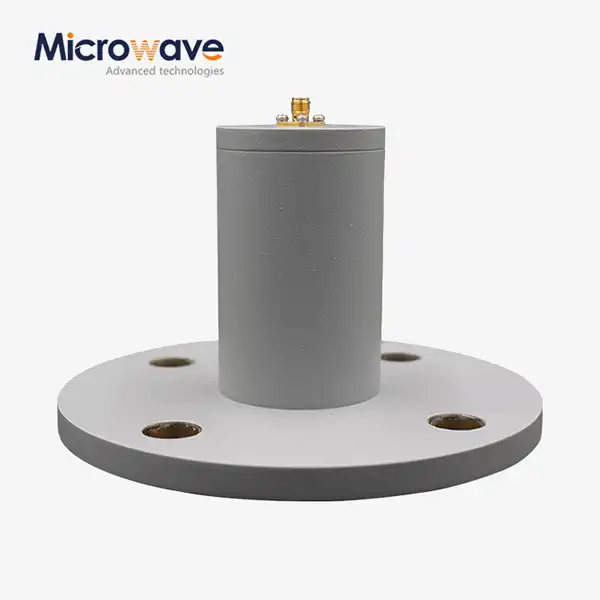 VIEW MORECircular Waveguide To Coaxial Adapter
VIEW MORECircular Waveguide To Coaxial Adapter




